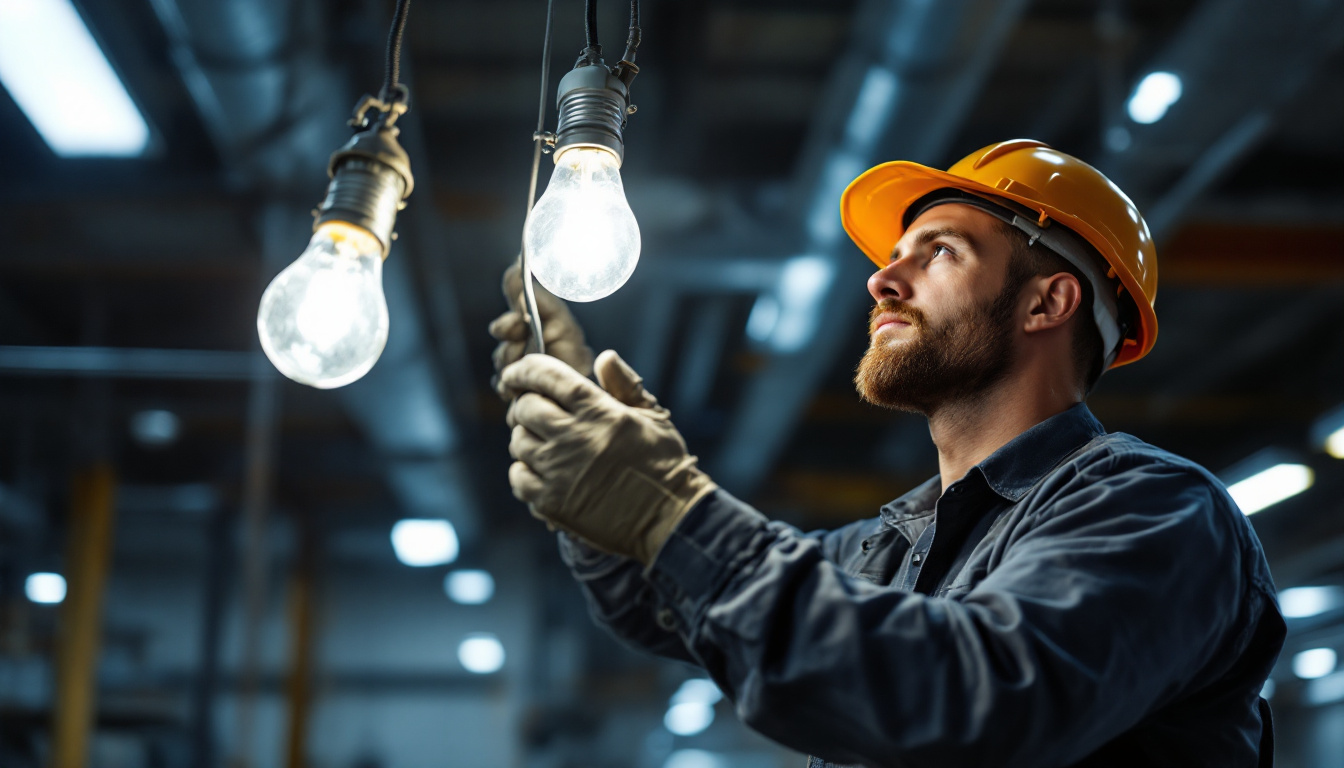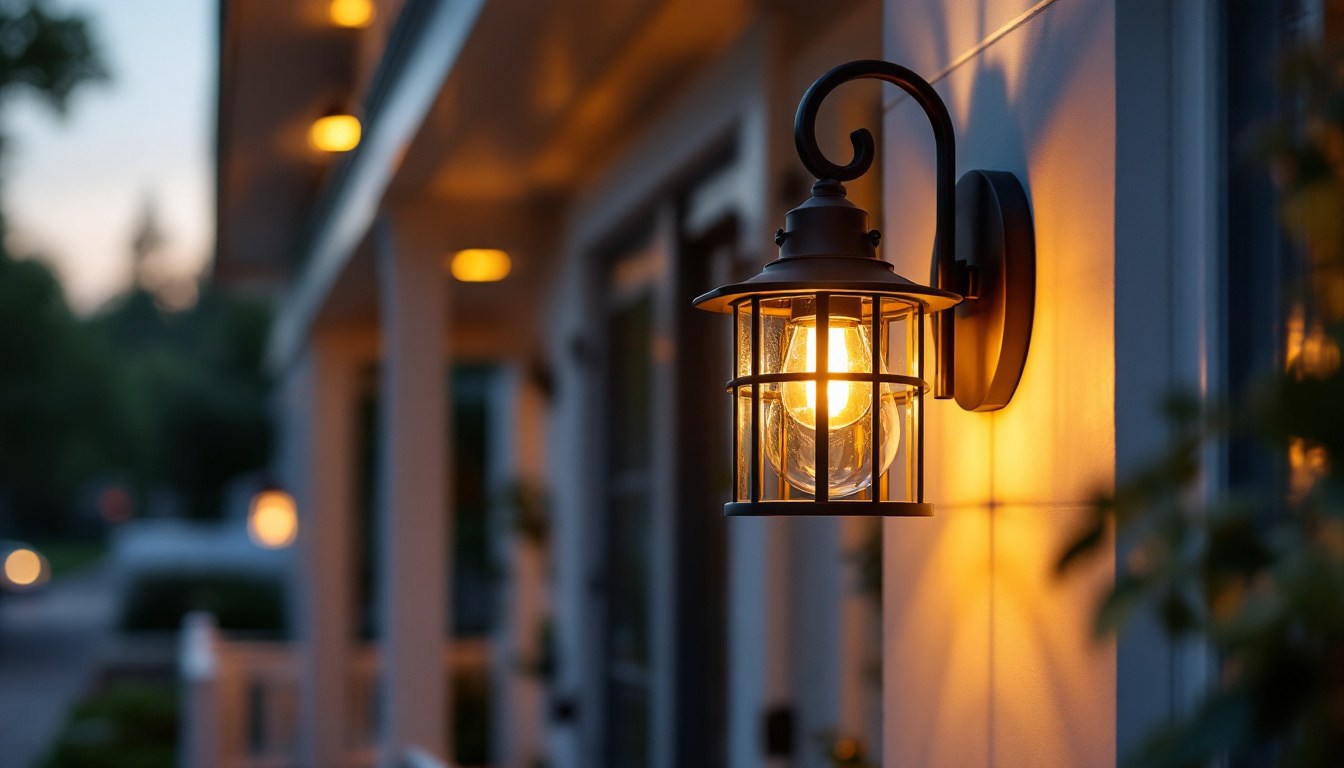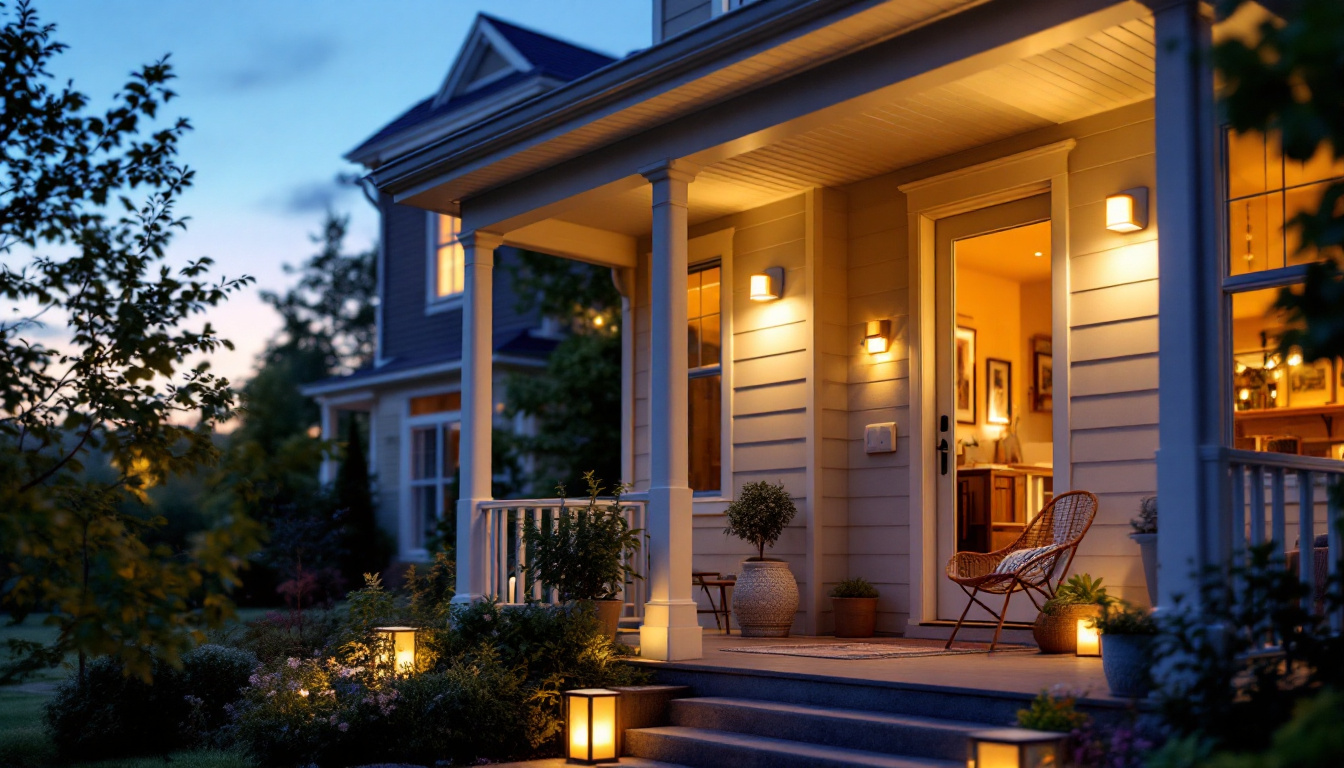
Lighting contractors play a crucial role in ensuring that both residential and commercial spaces are well-lit, functional, and aesthetically pleasing. Among the various lighting options available, metal halide bulbs have emerged as a popular choice for many applications. This article delves into the characteristics, benefits, and applications of metal halide bulbs, highlighting why they are indispensable tools for lighting contractors.
Metal halide bulbs are a type of high-intensity discharge (HID) lamp that produces bright, white light through an electric arc passing through a mixture of gases. These bulbs contain a combination of metal halides, which are compounds formed from metals and halogens. The result is a lighting solution that offers excellent color rendering and efficiency, making them suitable for various applications. Their ability to emit a spectrum of light that closely resembles natural daylight makes them particularly appealing for settings where color accuracy is essential, such as art galleries and photography studios.
The operation of metal halide bulbs begins when an electric current is passed through the arc tube, which is filled with a mixture of gases and metal halides. This process generates a high-intensity light that is both bright and efficient. The bulbs typically require a ballast to regulate the current and voltage, ensuring optimal performance and longevity. The technology behind metal halide bulbs has evolved over the years, leading to advancements such as electronic ballasts that provide even better energy efficiency and reduced flicker, enhancing the overall lighting experience.
One of the key advantages of metal halide bulbs is their ability to produce a high lumen output while maintaining a relatively low energy consumption compared to traditional incandescent bulbs. This efficiency not only reduces energy costs but also minimizes the environmental impact, making them a preferred choice for eco-conscious contractors. Additionally, metal halide bulbs have a longer lifespan than incandescent bulbs, often lasting up to 20,000 hours, which means less frequent replacements and lower maintenance costs for businesses and homeowners alike.
Metal halide bulbs come in various types, each designed for specific applications. The most common types include standard, pulse start, and ceramic metal halide bulbs. Standard bulbs are widely used in outdoor and indoor applications, while pulse start bulbs offer improved efficiency and faster warm-up times. Ceramic metal halide bulbs, on the other hand, provide superior color rendering and are often used in retail and display lighting. These bulbs are particularly favored in environments where the accurate representation of colors is crucial, such as in fashion stores or food markets, where the appearance of products can significantly influence customer choices.
Understanding the different types of metal halide bulbs allows lighting contractors to make informed decisions based on the specific needs of their projects. Each type has its own set of advantages, and selecting the right one can significantly enhance the quality of lighting in a given space. Moreover, advancements in technology have led to the development of energy-efficient alternatives, such as LED retrofits for metal halide fixtures, providing even more options for those looking to upgrade their lighting systems while maintaining high performance and low energy consumption.
Metal halide bulbs offer numerous benefits that make them an essential tool for lighting contractors. From energy efficiency to superior light quality, these bulbs stand out in the competitive lighting market.
One of the most significant advantages of metal halide bulbs is their energy efficiency. They produce a high lumen output per watt, which means that they can illuminate large areas while consuming less energy than traditional lighting options. This efficiency translates to lower electricity bills for clients, making it an attractive selling point for contractors.
Additionally, the longevity of metal halide bulbs means that they require less frequent replacement than incandescent or fluorescent bulbs. This not only reduces maintenance costs but also minimizes the inconvenience of downtime in commercial settings, where consistent lighting is crucial.
Metal halide bulbs are renowned for their exceptional color rendering capabilities. With a color rendering index (CRI) often exceeding 80, they provide a natural and vibrant light that enhances the appearance of colors in any space. This quality is particularly important in retail environments, art galleries, and other settings where accurate color representation is essential.
The bright, white light produced by metal halide bulbs also improves visibility and safety in outdoor areas, such as parking lots, sports fields, and roadways. Contractors can confidently recommend these bulbs for projects where clarity and brightness are paramount.
Metal halide bulbs are incredibly versatile, making them suitable for a wide range of applications. They are commonly used in outdoor lighting, such as streetlights and floodlights, as well as in indoor settings like warehouses, gyms, and retail spaces. Their ability to illuminate large areas effectively makes them a go-to choice for contractors involved in commercial and industrial projects.
Moreover, the various types of metal halide bulbs allow contractors to tailor their lighting solutions to meet specific project requirements. Whether it’s a high-ceiling warehouse or a cozy retail store, there is a metal halide bulb that can deliver optimal performance.
When working with metal halide bulbs, proper installation is crucial to ensure their longevity and performance. Lighting contractors must be aware of several key factors during the installation process to maximize the benefits of these bulbs.
Metal halide bulbs require a ballast to regulate the electrical current flowing to the bulb. Selecting the appropriate ballast is essential for optimal performance. There are two main types of ballasts: magnetic and electronic. Magnetic ballasts are traditional and often less expensive, while electronic ballasts offer improved efficiency and can enhance the lifespan of the bulb.
Contractors should consider the specific requirements of the project when selecting a ballast. For instance, electronic ballasts may be more suitable for environments where energy efficiency and reduced flicker are priorities, while magnetic ballasts might be adequate for simpler installations.
The mounting height and positioning of metal halide bulbs can significantly impact their effectiveness. For outdoor applications, such as parking lots or sports fields, bulbs should be mounted at appropriate heights to ensure even light distribution and minimize shadows. In indoor settings, careful consideration of bulb placement can enhance the overall lighting quality and ambiance.
Contractors should also take into account the beam angle of the bulbs. A narrower beam angle may be suitable for focused lighting, while a wider angle can provide more general illumination. Understanding these factors allows contractors to create a lighting design that meets the specific needs of each project.
While metal halide bulbs are known for their longevity, regular maintenance is essential to ensure they continue to perform at their best. Lighting contractors should educate their clients on the importance of routine checks and maintenance to extend the lifespan of the bulbs.
Regular inspections can help identify potential issues before they escalate into costly problems. Contractors should recommend that clients check for signs of wear, such as discoloration or flickering, which may indicate that a bulb is nearing the end of its life. Additionally, ensuring that the fixtures are clean and free of debris can improve light output and efficiency.
For outdoor installations, it is particularly important to inspect the bulbs after severe weather events. Rain, snow, or high winds can cause damage to fixtures or affect the performance of the bulbs, so proactive maintenance is key to maintaining optimal lighting conditions.
When it comes time to replace metal halide bulbs, contractors should have a clear strategy in place. It is advisable to replace bulbs in groups rather than individually to maintain consistent lighting levels across a space. This approach not only ensures uniformity but also simplifies the maintenance process for clients.
Contractors should also consider the timing of replacements. Scheduling replacements during off-peak hours can minimize disruptions in commercial settings, ensuring that businesses can continue to operate smoothly while maintaining optimal lighting conditions.
As technology continues to evolve, so too does the world of lighting. Metal halide bulbs are no exception, with advancements aimed at improving efficiency, performance, and sustainability.
One of the most exciting trends in lighting technology is the integration of metal halide bulbs with smart lighting systems. These systems allow for remote control and automation, enabling contractors to offer clients enhanced convenience and energy savings. Smart systems can adjust lighting based on occupancy, time of day, or ambient light levels, providing a tailored lighting experience.
Contractors who stay informed about these advancements can position themselves as leaders in the industry, offering clients cutting-edge solutions that enhance both functionality and energy efficiency.
While metal halide bulbs remain a popular choice, emerging alternatives such as LED technology are gaining traction. LEDs offer even greater energy efficiency and longer lifespans, making them an attractive option for many applications. However, metal halide bulbs still hold their ground in specific scenarios, particularly where high-intensity lighting is required.
Contractors should be aware of these emerging technologies and trends, as they can impact client preferences and project specifications. By staying informed, contractors can make recommendations that align with the evolving landscape of lighting solutions.
Metal halide bulbs are essential tools for lighting contractors, offering a combination of energy efficiency, high-quality light output, and versatility across various applications. Understanding their operation, benefits, and installation considerations allows contractors to provide optimal lighting solutions for their clients.
As the lighting industry continues to evolve, staying informed about advancements in metal halide technology and emerging alternatives will be crucial for contractors looking to maintain a competitive edge. By embracing these changes and prioritizing quality installations and maintenance, lighting contractors can ensure their projects shine brightly for years to come.
Ready to enhance your lighting projects with the efficiency and brilliance of metal halide bulbs? Look no further than LumenWholesale for all your lighting needs. Our commitment to providing contractors with high-quality, spec-grade lighting products at unbeatable wholesale prices ensures that you can deliver exceptional results to your clients without breaking the bank. With our direct-to-contractor approach, you’ll enjoy superior lighting solutions at the best value, complete with the convenience of free shipping on bulk orders. Elevate your lighting game and discover the best in wholesale lighting with LumenWholesale today.

Discover the top strategies lighting contractors use to optimize automatic light switch installations.

Discover essential insights into porch light fixtures with our comprehensive guide tailored for lighting contractors.

Discover innovative strategies from expert lighting contractors on transforming your outdoor space with smart porch lighting.

Discover why purchasing stairway and corridor lighting in bulk from local distributors might not be the best choice.